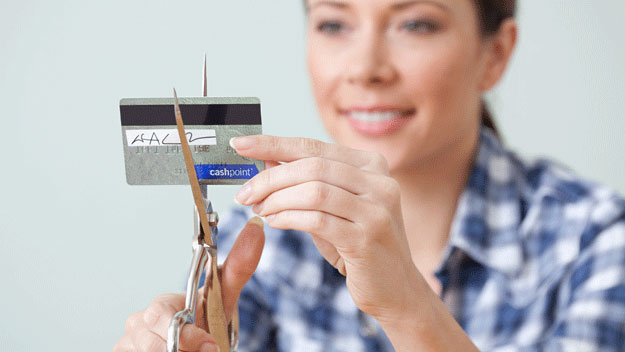UNDER the glitz and glow of the New Year’s Eve fireworks, thousands of Australian women make a resolution each and every year to rid themselves of horrid debts. The main culprit? Credit card bills. But as the months go by, promises seem easier than progress.
Help, please.
First is the rule of one. While many of us have different credit cards for different purchases such as big, everyday and online items, this could give you multiple weak spots for overwhelming debt. Consolidating your cards into one low rate credit card will treat your future self with the cheapest rates and fees.
Second are those “rewards” programs that have us believe we’re getting our money’s worth when we get points for money we spend. No matter how enticing, your higher interest rates will make sure that you’re still kept in the red if you don’t pay your balance off in full each month, so ask yourself whether you really need a few free massages for every car you buy.
Thirdly, make a list of everything you commonly purchase with your credit card and cross off anything you can pay in cash or direct debit. According to Dun & Bradstreet (D&B) debt research data, 38 per cent of women are paying their bills on credit. This has increased by three percentage points year-on-year (comparing 12 months to September 2010) in contrast with men’s one percentage point rise. This means that not only are we relying on our cards more heavily for the occasional big spend, but we’re guaranteeing ourselves higher debt with each monthly bill.
Number four is all about guarding yourself from the unknown. In 2010, more women (47 per cent) were certain that a rise in interest rates would hamper their cash position (compared with 40 pe rcent for men), D&B found.
While a mortgage is more inflexible, cutting your dependency on credit for your basic items (food, living expenses, and some might argue shoes) will ensure that interest rate rises won’t dramatically affect your lifestyle.
Finally, there’s always the option of going cold turkey and signing up for a debit card instead. This will make sure that you don’t pile on any more interest while you’re chipping away at your debts. To help with this, applying for a balance transfer that dramatically reduces your interest rate can help breathe air back into your credit statements.
One in five women will be applying for a new credit card in the coming months, D&B found, so if you do find yourself comparing rates for a new lifestyle, make it count by remembering why you promised yourself to quit the bad habits in the beginning of the year.
The Insolvency and Trustee Service Australia provides information for those with unmanageable debt. The organisation can be reached on 1300 364 785, toll-free.
Michelle Hutchison is a consumer advocate at RateCity. RateCity is a privately owned company in partnership with ninemsn, publisher of the Australian Women’s Weekly website. The above information is general only and does not take into account your objectives, financial situation or needs.


